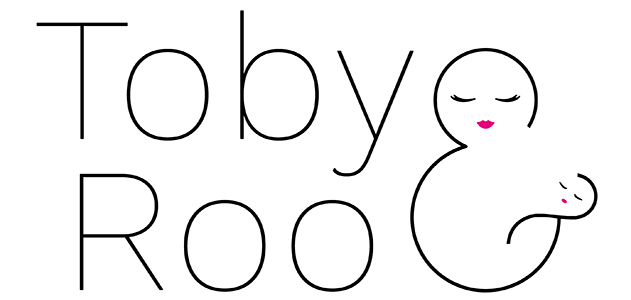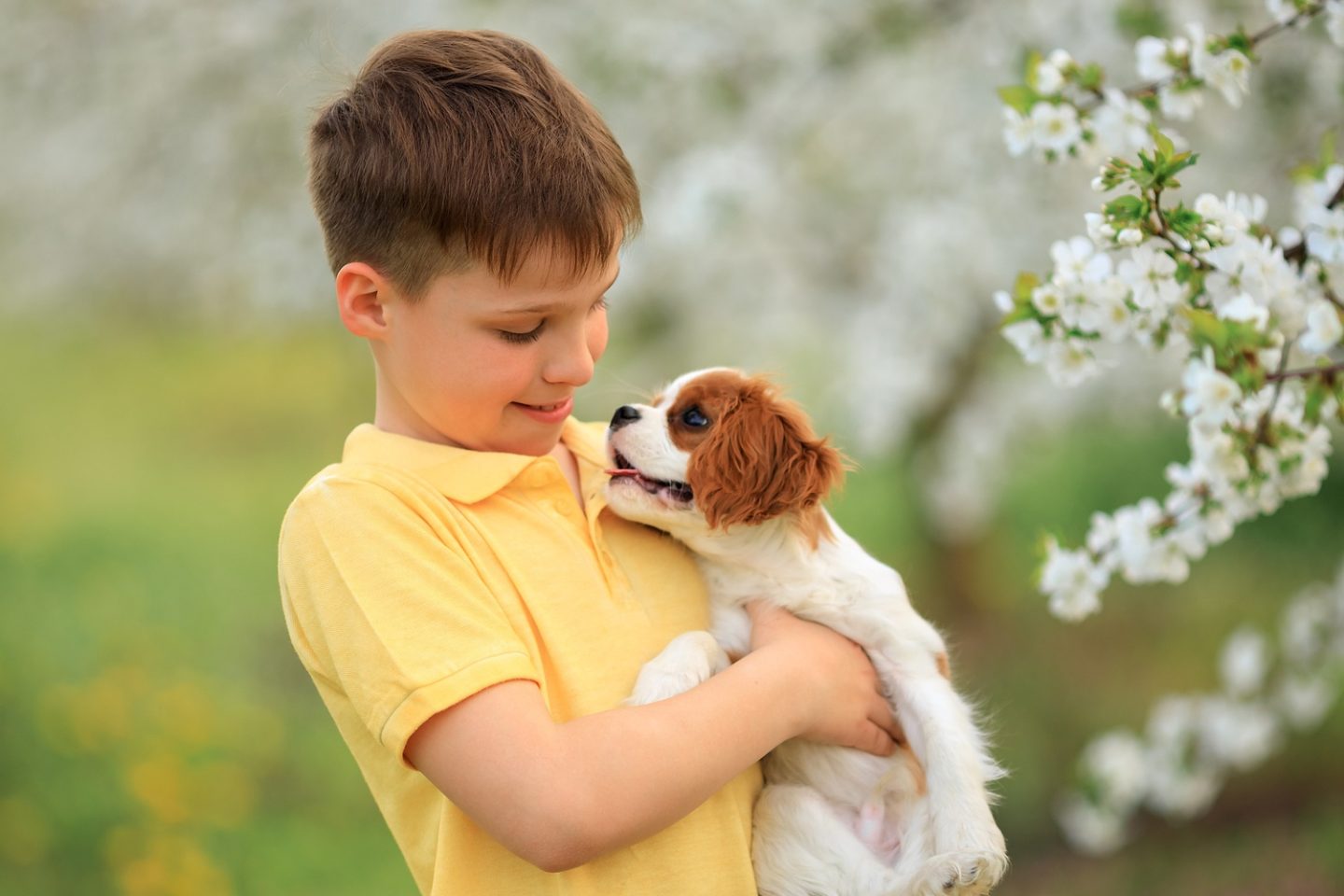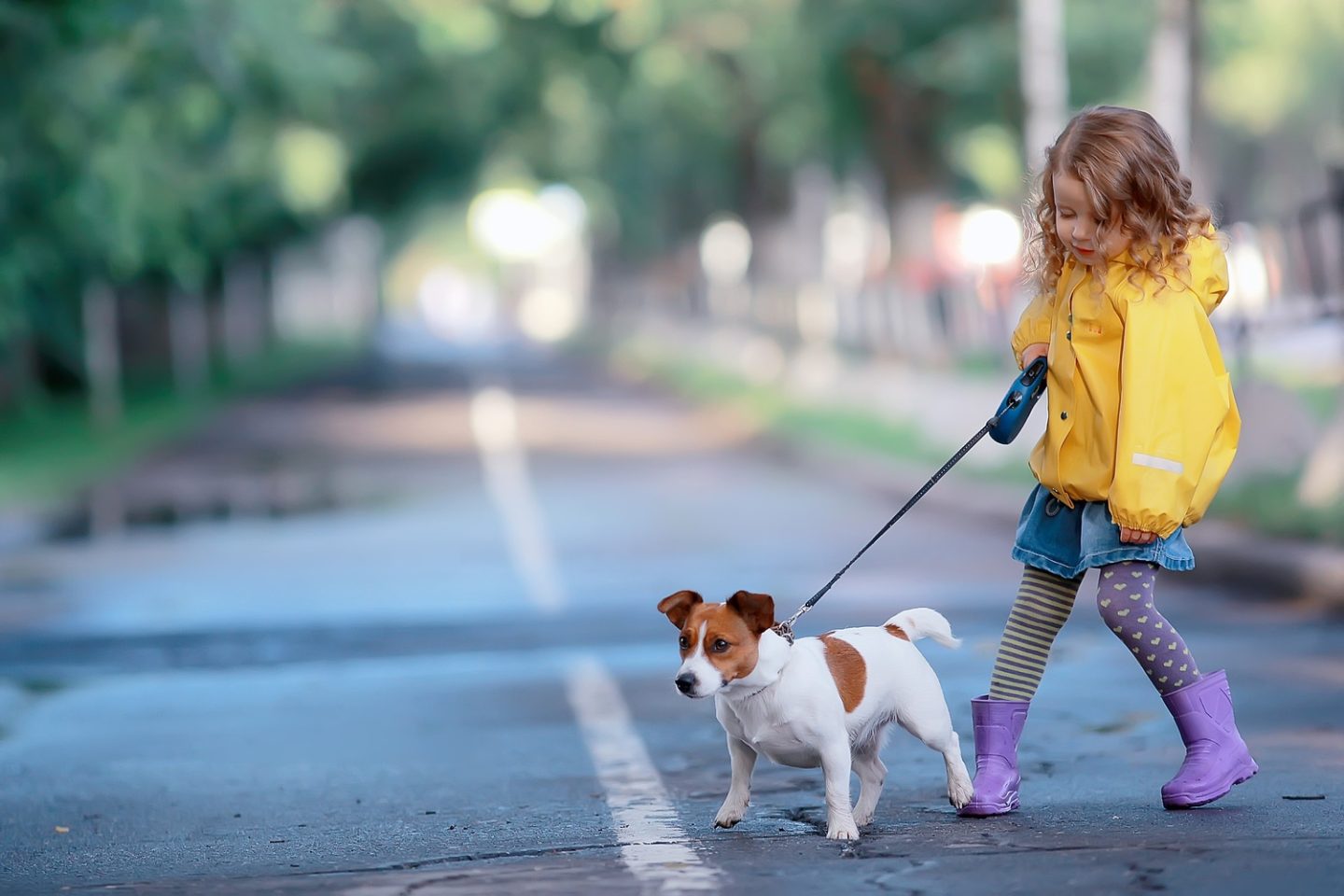Bringing a puppy into your home is a big decision, especially when it’s meant to be your child’s new best friend. The puppy’s personality needs to match your child’s energy, habits, and emotional needs. While some dogs love non-stop play, others prefer quiet companionship. The goal is to create a bond that feels natural and long-lasting—for both the child and the pup.
Choosing a dog based on looks or breed alone can backfire fast. Kids can get overwhelmed, or the puppy might struggle to settle in. Puppy personalities are often easier to understand than expected, especially when you pay attention to their behaviour during the first few weeks of age.
Why Puppy Personality Types Matter
Not all kids interact with animals the same way. Some want a playmate who can keep up with every sprint around the yard. Others prefer a quiet companion who won’t mind long, cosy afternoons on the couch.
Bringing the wrong type of dog into your home can shift the whole dynamic. A hyper pup with no off switch can leave a mellow kid overwhelmed or frustrated. A nervous dog that shies away from touch might confuse a child who’s eager to bond. And when that mismatch happens, the relationship tends to stall—or worse, break down completely.
On the other hand, matching your child with the right type of puppy helps things click into place faster. A good fit builds trust, teaches responsibility in a way that feels doable, and creates space for real connection. You’re not just buying a pet. What you’re really doing is helping your child—and maybe even yourself—find your new best friend: someone the whole family can grow up with, share quiet moments with, and lean on when life feels heavy.
Key Traits To Watch For
You don’t need to be an expert to figure out a puppy’s personality. Simple interactions tell you a lot.
- Energy levels: Is the puppy constantly on the move, or does it take breaks to rest even when others are playing? This is one of the easiest signs to read. Try tossing a toy or encouraging a chase. The ones who sprint non-stop are high-energy. If a pup wanders off after a few seconds or watches from a distance, you’ve got a calmer personality on your hands.
- Contact with people: Puppies who approach you without hesitation, seek eye contact, and follow your hand movements are typically more confident. Those who hang back or freeze when touched may need extra time and care to feel secure. For young kids, a friendly and relaxed pup can create safer interactions.
- Reaction to loud noises: This shows you how easily startled they are. Clap your hands, drop a light object, or make a sudden sound near the group. A confident puppy might turn to look and move toward the source. A more anxious one could dart away or hide. If your home is already filled with noise—TVs, music, kids running—you’ll want a dog that doesn’t spook easily.
- Aggressive behaviour: This is rare in young puppies but watch for excessive nipping, growling, or guarding food or toys. These signs suggest the puppy may need firm boundaries and careful training to grow into a stable adult dog. If your child is still learning how to handle frustration, this kind of dog may not be the best fit.
Reading a puppy’s behaviour early on helps you skip the guesswork and focus on what really matters: compatibility. Once you understand how a puppy responds to people, sound, and play, you’re in a better position to choose one that fits your child’s pace and personality.
Using Temperament Tests (Without Making It Complicated)
You don’t need a specialist to perform temperament tests. Breeders or adoption centres might already have some notes, but you can do basic assessments yourself in under ten minutes.
Try these:
- Restraint test: Gently roll the puppy on its back and hold it for 30 seconds. A confident pup may squirm but then settle. A submissive puppy might go still. One that bites or panics could have difficulty with handling later on.
- Following test: Walk away from the puppy slowly. Does it follow you eagerly, hesitantly, or not at all?
- Social interaction: Sit down and see if the puppy comes over. Some will climb into your lap right away. Others stay back, which might be fine if your child prefers calm, independent pets.
These tests don’t give you a full picture on their own, but they can confirm what you already suspect from general observation.
Teaching Your Child to Respect the Dog’s Needs
Puppies aren’t toys. No matter how friendly or gentle they are, they still have needs that must be respected. If your child hasn’t spent much time around dogs, this is the moment to start teaching basic care, empathy, and boundaries.
Explain what behaviours mean. Let your child know that if the dog walks away, it’s not being mean—it just needs space. Teach them how to recognise signs of stress like yawning, licking lips, or turning the head away.
Bring your child into the daily routine of walking, feeding, and basic training. Consistent interaction builds trust and helps the puppy learn faster. It also gives your child a clear sense of responsibility.
Make sure the puppy gets time to rest without being bothered. Puppies, like toddlers, can get cranky when tired. If your child sees that the dog needs space sometimes, they’ll be better prepared to support their pet in the long run.
Conclusion
If you’re ready to bring home a puppy, don’t rush the process. Look at more than fur colour and floppy ears. Focus on personality, how it fits with your child, and what daily life will feel like six months from now. A little patience now saves a lot of stress later—and makes it more likely that the puppy you choose becomes the perfect companion for years to come.





